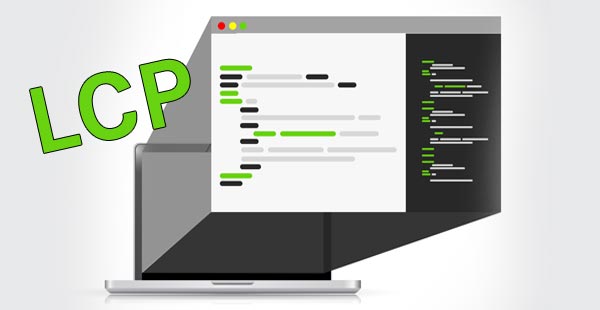Largest Contentful Paint (LCP) is a significant, client-driven measurement for measuring apparent loading speed since it denotes the point in the page load timeline when the page’s main substance has likely stacked—a quick LCP consoles the client that the page is valuable.
More established measurements like loading or DOMContentLoaded are bad since they don’t relate to what the client sees on their screen. What’s more, more up to date, client-driven execution measurements like First Contentful Paint (FCP) just catch the absolute starting point of the loading experience. If a page shows a sprinkle screen or displays a loading indicator, this second is not extremely pertinent to the client.
What is LCP?
The Largest Contentful Paint (LCP) metric reports the render season of the biggest picture or text block visible within the viewport. Great LCP esteems are 2.5 seconds, helpless qualities are more noteworthy than 4.0 To give a decent client experience, locales ought to endeavour to have Largest Contentful Paint happen within the principal 2.5 seconds of the page starting to stack. To guarantee you’re hitting this objective for the greater part of your clients, a decent edge to quantify is the 75th percentile of page loads, portioned across versatile and desktop gadgets. To become familiar with the exploration and approach behind this proposal, see: Defining the Core Web Vitals measurements limits
How Is A Component’s Size Determined?
The size of the component detailed for Largest Contentful Paint is normally the size that is visible to the client within the viewport. If the component reaches out outside of the viewport, or if any of the components is cut or has non-visible flood, those parts don’t tally toward the component’s size.
For picture components that have been resized from their intrinsic size, the size that gets revealed is either the visible size or the intrinsic size, whichever is more modest. For instance, pictures that are contracted down to a lot more modest than their intrinsic size will just report the size they’re displayed at, though pictures that are extended or extended to a bigger size will just report their intrinsic sizes.
For text components, just the size of their content hubs is thought of (the littlest square shape that incorporates all content hubs). For all components, any margin, padding, or line applied to employ CSS is not thought of.
Determining which text hubs have a place with which components can now and then be interesting, particularly for components whose kids includes inline components and plain content hubs yet besides block-level components. The central issue is that each text hub has a place with (and just to) its nearest block-level ancestor component. In spec terms: every content hub has a place with the component that creates its containing block.
Pages frequently load in stages, and subsequently, it’s conceivable that the biggest component on the page may change. To deal with this potential for change, the program dispatches a Performance Entry of type biggest contentful-paint identifying the biggest contentful component when the program has painted the principal outline. Yet, at that point, in the wake of rendering resulting outlines, it will dispatch another Performance Entry any time the biggest contentful component changes.


